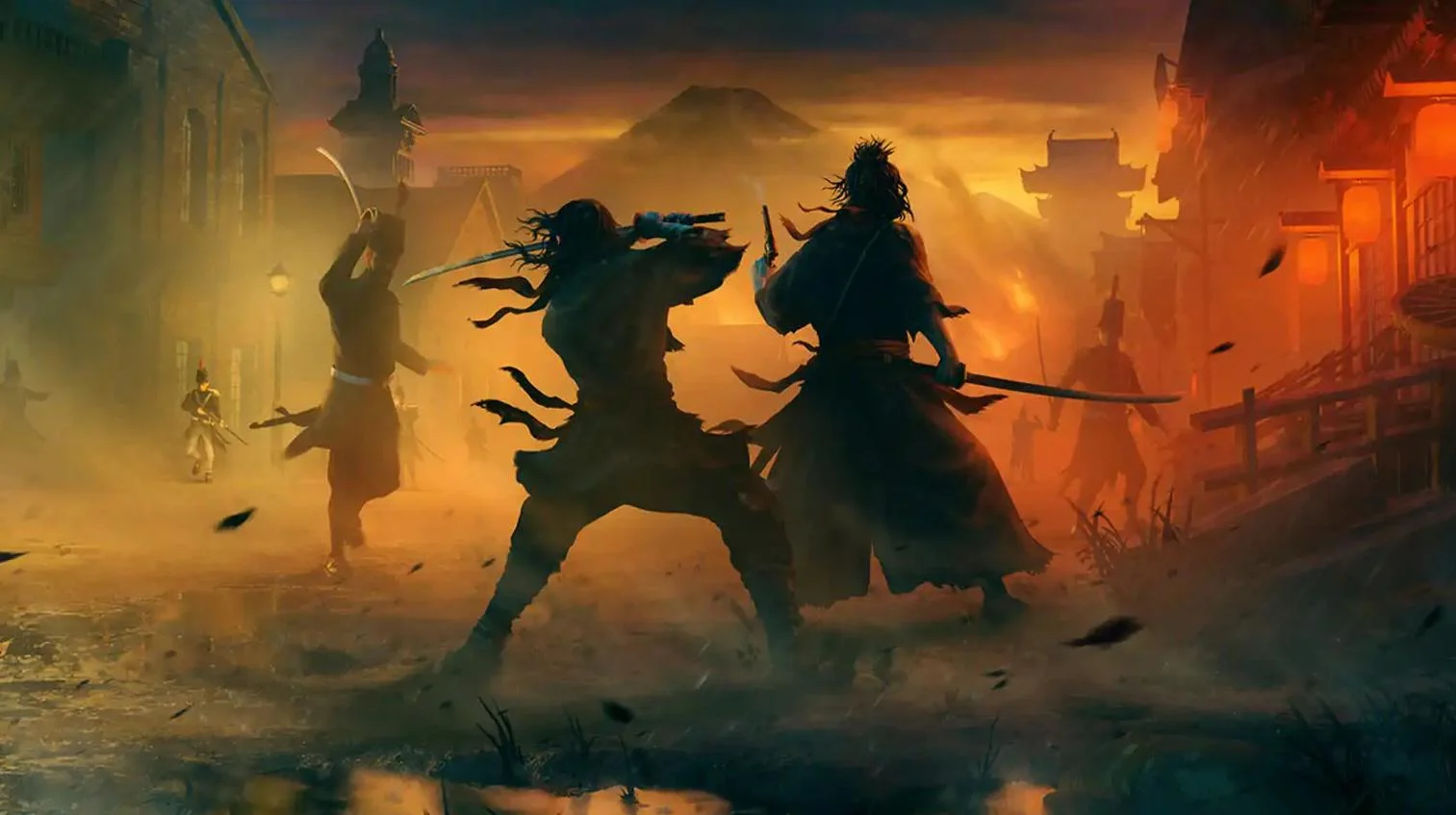Comparisons to Ghost of Tsushima (the 2020 action-adventure game where Jin Sakai is on a quest to protect Tsushima Island during the first Mongol invasion of Japan) are widespread when it comes to Rise of the Ronin. But that’s absurd. Rise of the Ronin is not Ghost of Tsushima, and loving the latter doesn’t mean you can’t love this one.
Thirty hours into the gameplay, I knew why I was loving living the life of a samurai in Japan during the Bakumatsu period of the 1860s. It’s a rare combination of something fresh and something feisty. In a time when the biggest complaint from gamers, even about top gaming studios, is that all new games are copies of copies of cult games, this blend worked well on me, and I’m sure it will work on you too. Here’s more on what I feel makes Rise of the Ronin is worth every penny of the $30 or so I paid for it.
The Freshness of Rise of the Ronin
I’ve played games set in medieval Japan, and I’ve played games set in indeterminate futures. But Rise of the Ronin is set in a time in Japan’s modern history that I knew little about. I don’t recall any other game of this scale set in the mid-19th century. The political tension and culture wars of the time are evident in the characters and storylines, and, of course, in the epic encounters you’ll have with historical figures like Sakamoto Ryoma and Kusaka Genzui.
When I wasn’t playing Rise of the Ronin, I was looking at images of paintings from that era in Japan. So many times, developers make everything obvious and, in doing so, make the impression evidently fake. There are no affectations in Rise of the Ronin; you can feel the unique tension peculiar to a country trying to stop being what it used to be, even though it doesn’t know whether the change will be right for it.
The sense of involvement grows on you with the gameplay too. You’ll need to choose to side with either the pro-shogunate forces or the anti-shogunate rebels. What you experience thereafter depends on that choice. The story direction, the missions—everything changes based on your choice. It’s not a good versus evil decision. Whatever path you choose, you’ll face morally complex questions. For instance, whether you spare or kill a certain character will change the course of the story you experience and will govern your relations with other factions in the game. So, as in real life, micro-decisions will have second, third, or even fourth-level consequences that will be huge.
Some gamers feel a sense of longing for the paths they didn’t explore. I am one of them, which is why the Testament of Souls feature made me go “wow.” You can go back to old missions using this option, make different choices, and then see how that changes the storyline. This is so much better than the ‘point of no return’ system in most similar open-world games, which keeps you yearning for the paths you didn’t take. Of course, this makes Rise of the Ronin one of those rare games you can replay almost immediately after completing it once.
But it’s not just freshness that got me hooked. There’s an undeniable strain of feistiness in the game. Here’s why I say so.
The Feistiness of Rise of the Ronin
You know you’re truly into a game when, in the middle of a fight, you’re leaning in, fingers gripping the buttons tightly. None of that lazy button-mashing in Rise of the Ronin, and here’s why. The developers have found interesting ways to make most of the battles high-stakes, not just the ones with bosses. You’ll soon understand that in any battle, mistiming one move could get you slaughtered. Enemies are excellent at counterattacks, so when you choose high-risk gameplay, you might get a big payoff, or you might end up as cannon fodder.
Another touch that made the battles much more lively for me is when an enemy kills you, you lose karma. But you can get it back if you can kill that enemy the next time you encounter them. You’ll love how personal the battles get.
Rise of the Ronin does push the goriness a bit. I mean, you get so used to seeing sword strikes dismember your enemies, so used to blood spurting out of slaughtered bodies, that you start questioning whether you’re right in your head. After a while, you sort of look forward to the slow-motion effects of half-dead enemies holding on to their slashed limbs.
Enjoy ‘Rise of the Ronin’ For What It Is
In the beginning of this post, I mentioned how everyone tries to compare Rise of the Ronin to Ghost of Tsushima. I reiterate that this is a different sort of game. It never tries to be another Ghost of Tsushima. So judge it for what it is, not what game reviewers wanted it to be. Enjoy the freshness and fire of Rise of the Ronin.







